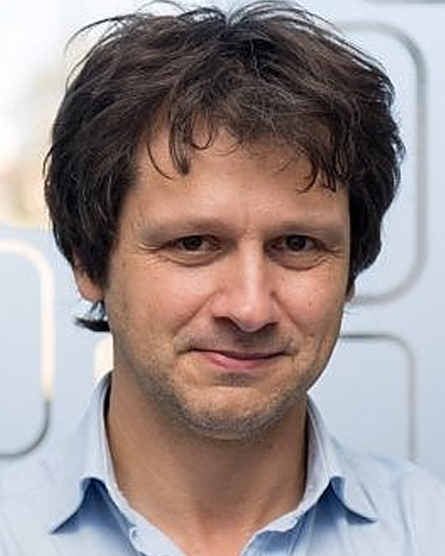Seven TU Delft researchers on 2019 Highly Cited Researchers list
Clarivate has published its annual list of Highly Cited Researchers. On this list, the names of the most cited researchers in a certain field (or cross-field) can be found. This year, seven Delft researchers, or researchers who have a TU Delft affiliation, have been included.
With the long-awaited list, Clarivate identifies scientists who have produced several papers that, based on citations, are in the top 1% in their field and in the year of publication, which shows that they have a significant influence among their peers.
All TU Delft researchers on the list of Highly Cited Researchers work at the Faculty of Applied Sciences. Read on for their names and profile.
Dr. Stan Brouns (1978) is fascinated by the interaction between microbes and their viruses. He conducts fundamental research into the resistance mechanisms of bacteriophages, such as CRISPR-Cas. Recently, there has been a lot of media attention for bacteriophages, because these tiny virus particles are adept at killing bacteria. We may therefore be able to use them in fighting bacterial infections. Since more and more antibiotic-resistant bacteria are emerging, the work that Stan Brouns does is as important as it is topical. Supported by the University Fund, he raised money to build up a collection of phages that can kill different types of bacteria. This 'phage library' brings the treatment of patients with an infection that antibiotics cannot control a step closer. Just as topical is the research that Stan Brouns' group is doing into the functioning of biological systems such as CRISPR-Cas, which experts can use to rewrite DNA. With the help of this molecular tool, we will potentially be able to erase genetic disorders from our DNA in the near future.
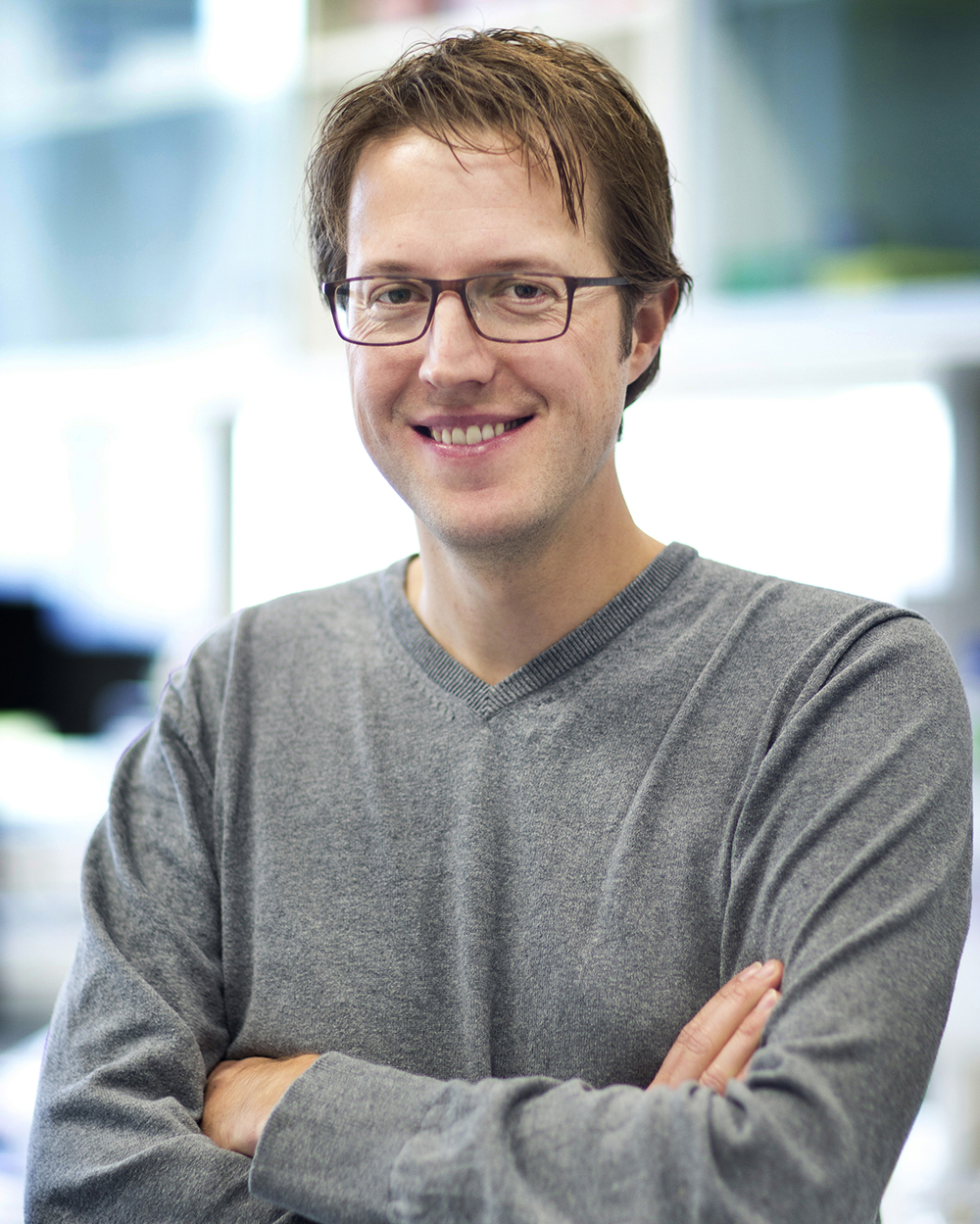
Prof. dr. Freek Kapteijn (1952) is the (co-)author of more than 600 publications and can rightly be called an expert in the field of chemical technology. But what he is perhaps most proud of are the many PhD students he has supervised over the years. In total, he has acted as (co-)supervisor more than fifty times. Freek Kapteijn has also made important contributions to the integration of catalysis and reactor design, helping the chemical industry to operate more sustainably. Freek Kapteijn is co-founder of the field of Catalysis Engineering and was for a long time head of a section of the same name within the Chemical Engineering research department. For his work he was awarded the Hoogewerff Gold Medal, a prestigious oeuvre prize. In recent years Freek Kapteijn has studied zeolites together with Jorge Gascon, versatile minerals that are used as water softeners in detergents and are interesting for chemists because of their catalytic, adsorption and separation properties. The productive duo also threw themselves into so-called metal organic frameworks (MOFs), which Delta called 'building boxes for chemists'. Freek Kapteijn recently retired officially, but he is not comfortable resting on his laurels. He is still active, among other things in a European research programme of ten million euros around the capture of CO2 with the help of the MOFs mentioned above.
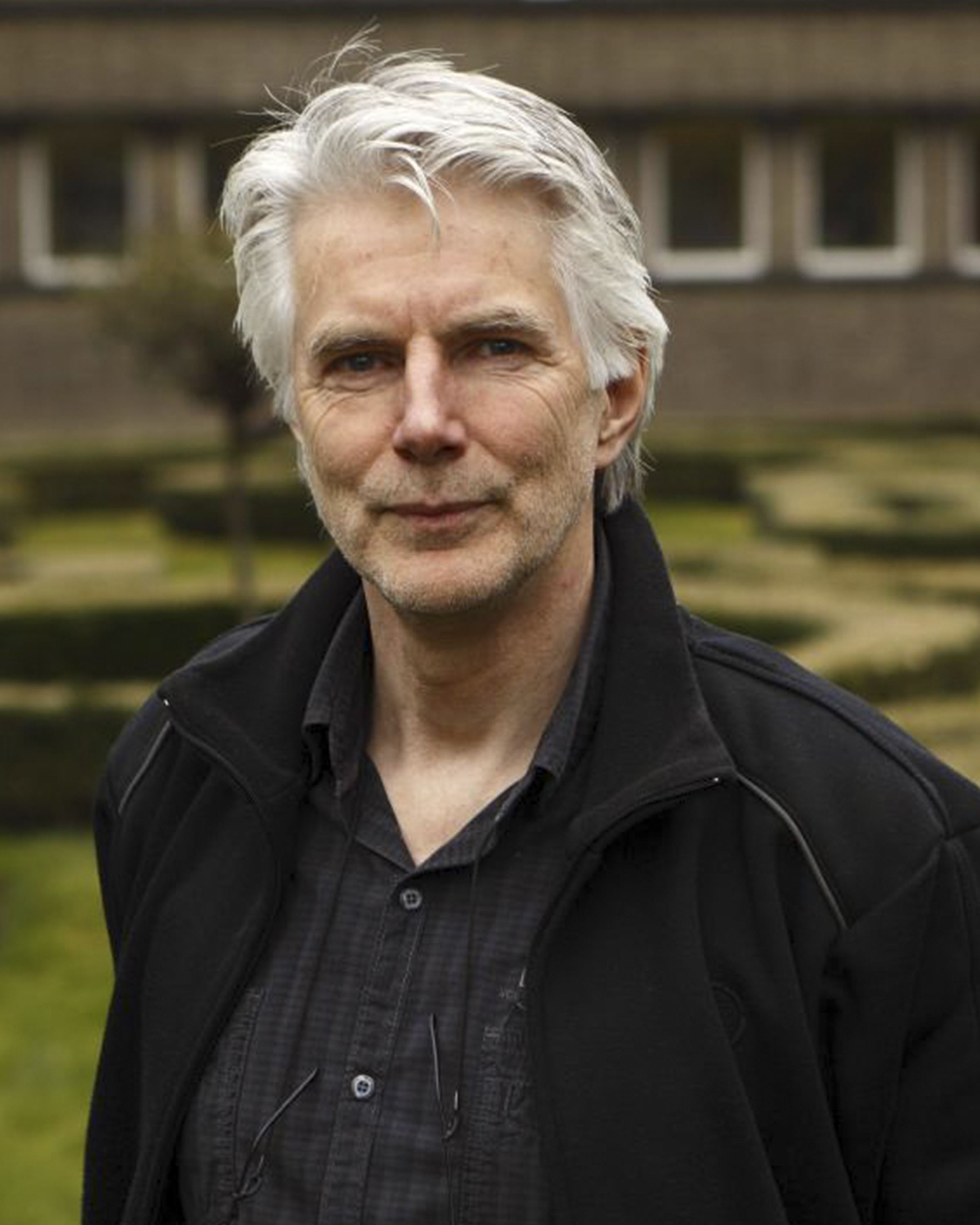
Prof. dr. Gary Steele (1976) is a talented nanotechnologist and, as he himself calls it, a 'hardware guy'. His research focuses mainly on the manufacturing of quantum electronics - also called 'quantum circuits'. He focuses on three pillars: mechanics, simulating problems in quantum physics and researching new materials. Currently, the main focus of his group is to create a superposition of a massive object. What that means? Think, for example, of a coffee cup that is on the table and in the dishwasher at the same time. He also wants to build networks of oscillators (a kind of pendulums) that are in quantum superposition. In theory, these kinds of networks can find an answer themselves if you present them with certain quantum problems. Gary Steele also wants to use his quantum circuits to measure the influence of gravity on quantum mechanics. According to some experts the two are mutually exclusive, but there are no experiments yet to test this theory. Steele wants to change that.
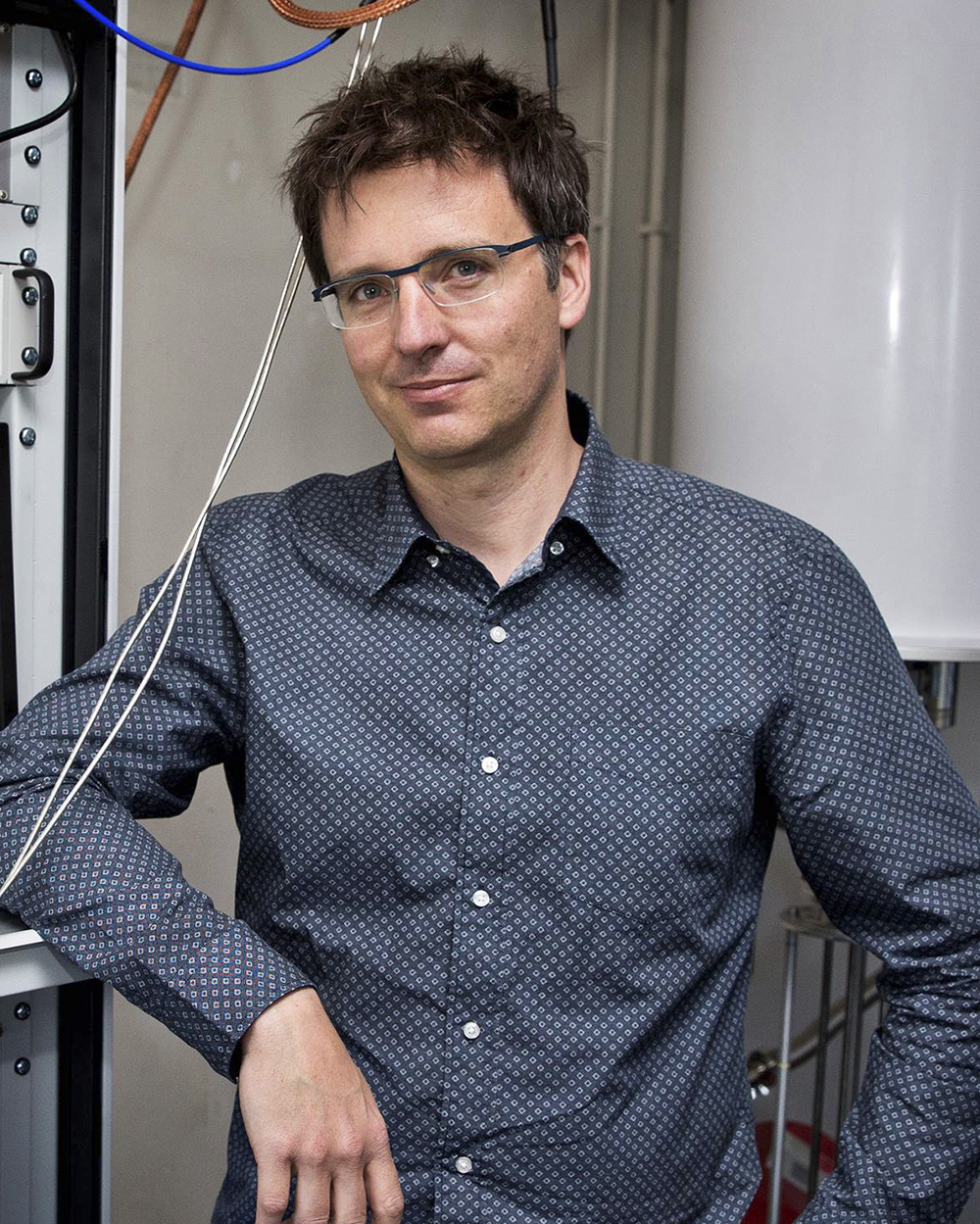
Prof. dr. Herre van der Zant (1963) works on nanoelectronics, also called molecular electronics. Electronics, but very tiny, right? Well yes, but there the comparison with 'normal' electronics ends. Because on the smallest scale, all kinds of quantum effects pop up that are not a problem in larger electronics. Although ‘problem’ may not be the right word. New effects open new doors, and those usually make researchers happy. But what it is that can be found behind these new doors is not yet clear. That's why Herre van der Zant's group not only manufactures nanoelectronics, which is an art in itself, but also conducts pioneering research into the properties of things like spin transistors, mechanically adjustable break junctions and nanoelectrodes. Of course, he also researches the materials these molecular electronics are made of. A good example of an application Herre van der Zant is working on are new, better and cheaper sensors based on graphene, the wonder material that is only one atom thick. You can probably find these mini-sensors in your smartphone in a few years’ time.
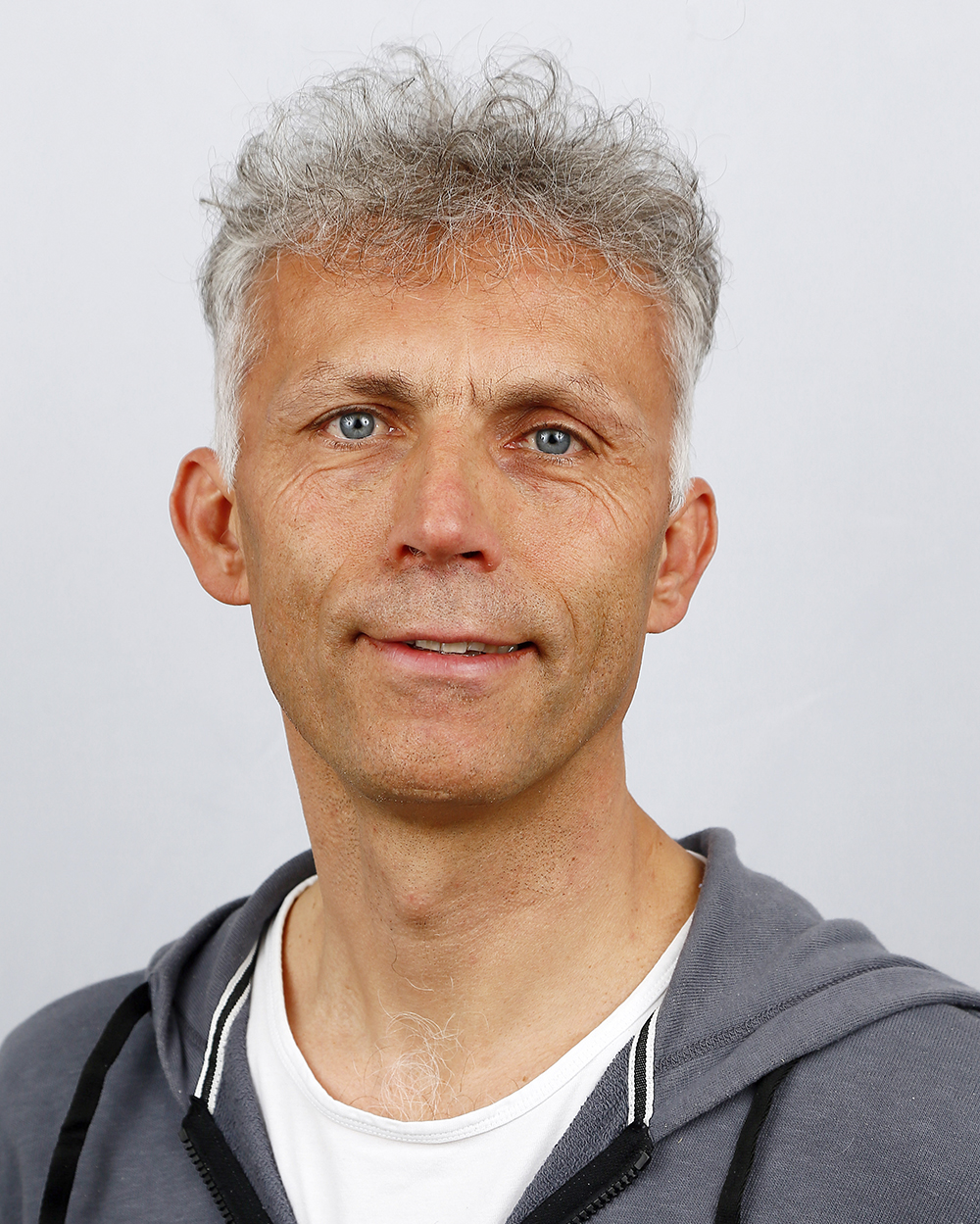
TU Delft affiliation:
Dr. Andres Catellanos-Gomez explores novel 2D materials and studies their mechanical, electrical and optical properties with special interest on the application of these materials in nanomechanical and optoelectronic devices. Part of his work can be considered as pioneering in the field of 2D materials beyond graphene as he has reported some of the early works on novel 2D materials like MoS2, black phosphorus, TiS3 and franckeite. Among his achievements, his works on strain engineering of 2D semiconductors and on photodetectors based on 2D materials are considered seminal works by the community.
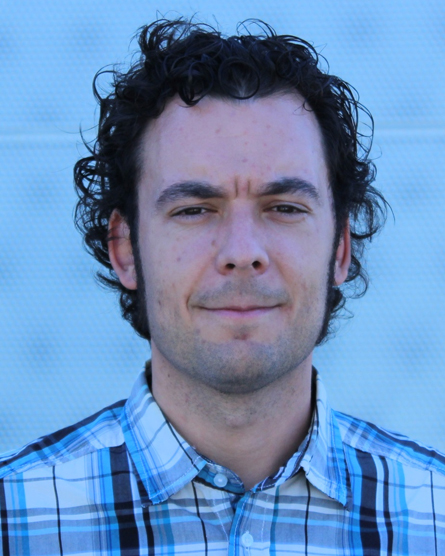
Prof. dr. Jorge Gascon (1977) is a researcher who works at the interface of chemical engineering and materials science. Like his former colleague and section leader Freek Kapteijn (mentioned below), he specializes in catalysis. Catalysts are substances that accelerate chemical reactions without changing themselves, and catalysis plays an invisible but extremely important role in the production of fuels and basic chemicals for all kinds of consumer products, such as medicines and cleaning products. Jorge Gascon's work thus indirectly affects the lives of a large group of people. Gascon is seen as a very talented scientist. In his relatively short career, he has won several personal grants and has written more than 230 publications. He also holds six patents and wrote the book 'Metal Organic Frameworks as Heterogeneous Catalysts'. In 2013 he won the ExxonMobil Chemical European Science and Engineering Award. Jorge Gascon currently works at King Abdullah University of Science and Technology in Saudi Arabia, but is still affiliated with TU Delft.
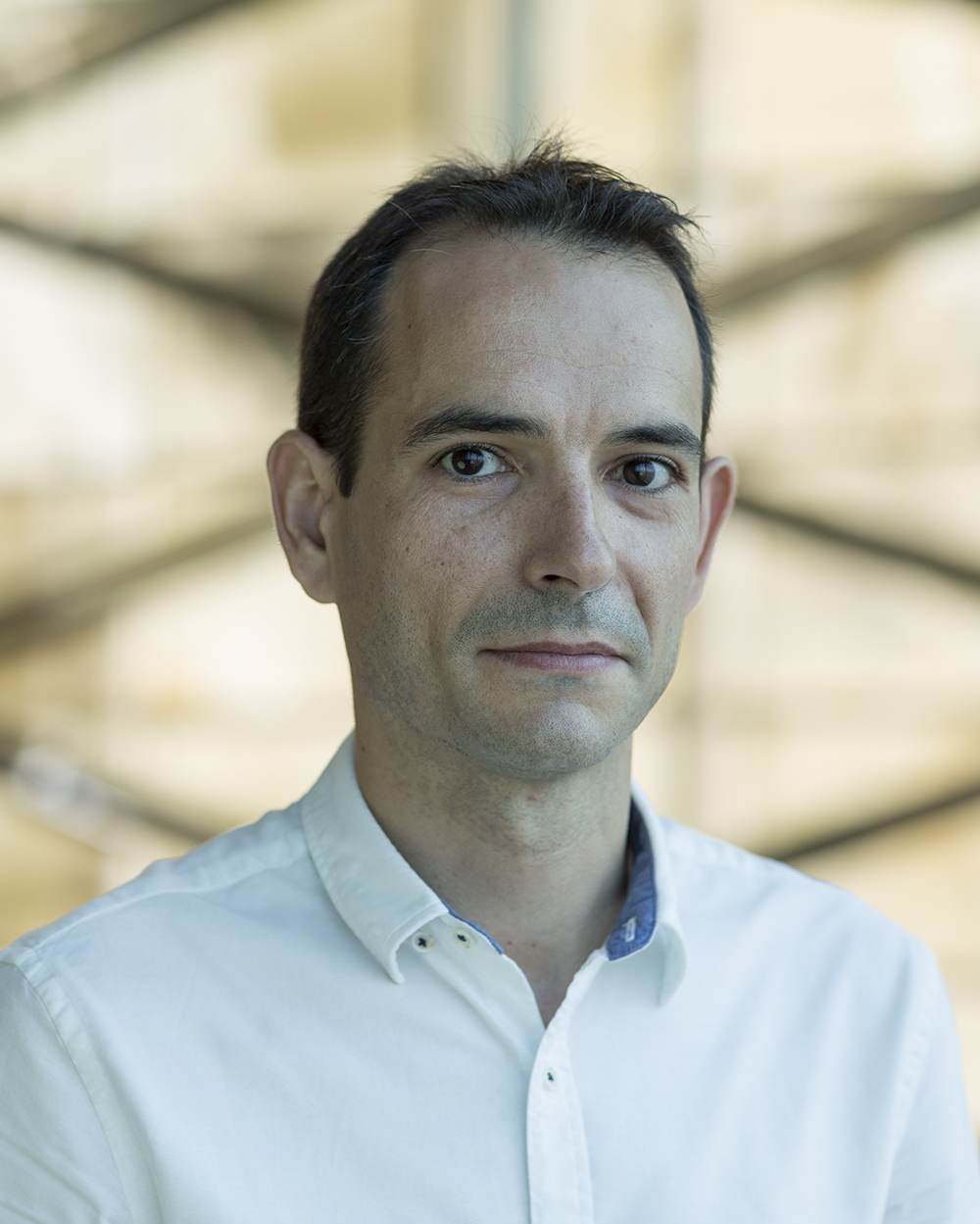
Dr. Liberato Manna is interested in the advanced synthesis, structural characterization and assembly of inorganic nanostructures, with emphasis on the development of complex, three dimensional nano-hetero-structures for applications in energy, photonics and biology. He pioneered the field of shape control of nanoparticles, with nanorods, branched nanocrystals and nanoparticle heterostructures, their surface functionalization, as well as the assembly of nanocrystals such as rods and octapods in ordered superstructures. Liberato Manna has many publications in chemistry, materials science and nanoscience, contributed to 15 book chapters, and holds ten patents and fourteen patent applications in nanotechnology.
